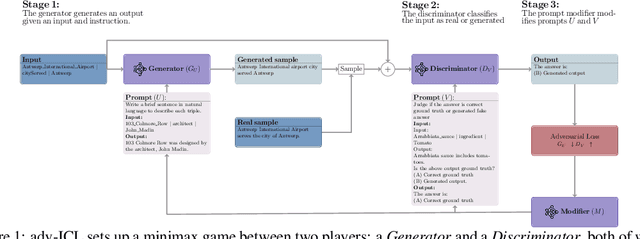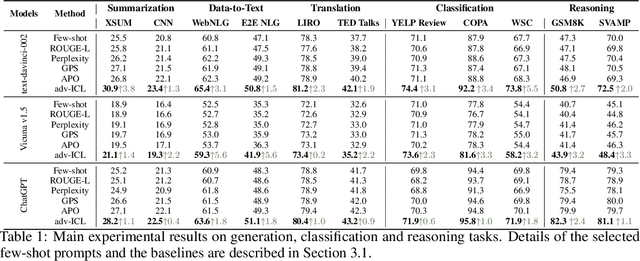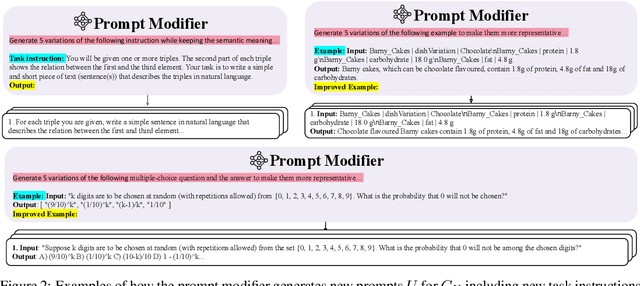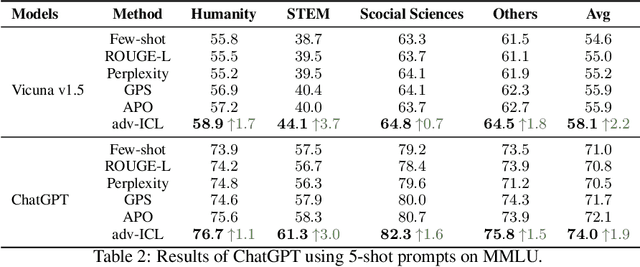Michael Qizhe Xie
Can AI Be as Creative as Humans?
Jan 12, 2024
Abstract:Creativity serves as a cornerstone for societal progress and innovation. With the rise of advanced generative AI models capable of tasks once reserved for human creativity, the study of AI's creative potential becomes imperative for its responsible development and application. In this paper, we provide a theoretical answer to the question of whether AI can be creative. We prove in theory that AI can be as creative as humans under the condition that AI can fit the existing data generated by human creators. Therefore, the debate on AI's creativity is reduced into the question of its ability of fitting a massive amount of data. To arrive at this conclusion, this paper first addresses the complexities in defining creativity by introducing a new concept called Relative Creativity. Instead of trying to define creativity universally, we shift the focus to whether AI can match the creative abilities of a hypothetical human. This perspective draws inspiration from the Turing Test, expanding upon it to address the challenges and subjectivities inherent in assessing creativity. This methodological shift leads to a statistically quantifiable assessment of AI's creativity, which we term Statistical Creativity. This concept allows for comparisons of AI's creative abilities with those of specific human groups, and facilitates the theoretical findings of AI's creative potential. Building on this foundation, we discuss the application of statistical creativity in prompt-conditioned autoregressive models, providing a practical means for evaluating creative abilities of contemporary AI models, such as Large Language Models (LLMs). In addition to defining and analyzing creativity, we introduce an actionable training guideline, effectively bridging the gap between theoretical quantification of creativity and practical model training.
Prompt Optimization via Adversarial In-Context Learning
Dec 05, 2023



Abstract:We propose a new method, Adversarial In-Context Learning (adv-ICL), to optimize prompt for in-context learning (ICL) by employing one LLM as a generator, another as a discriminator, and a third as a prompt modifier. As in traditional adversarial learning, adv-ICL is implemented as a two-player game between the generator and discriminator, where the generator tries to generate realistic enough output to fool the discriminator. In each round, given an input prefixed by task instructions and several exemplars, the generator produces an output. The discriminator is then tasked with classifying the generator input-output pair as model-generated or real data. Based on the discriminator loss, the prompt modifier proposes possible edits to the generator and discriminator prompts, and the edits that most improve the adversarial loss are selected. We show that adv-ICL results in significant improvements over state-of-the-art prompt optimization techniques for both open and closed-source models on 11 generation and classification tasks including summarization, arithmetic reasoning, machine translation, data-to-text generation, and the MMLU and big-bench hard benchmarks. In addition, because our method uses pre-trained models and updates only prompts rather than model parameters, it is computationally efficient, easy to extend to any LLM and task, and effective in low-resource settings.
 Add to Chrome
Add to Chrome Add to Firefox
Add to Firefox Add to Edge
Add to Edge